72,000 photos,
183,000 meters of film,
A project to capture a photographic record of the entire Earth.
The Archives of the Planet was an ambitious endeavor that ran from 1908 to 1931. Its goal was to create an “inventory of the surface of the globe inhabited and developed by man as it presents itself at the start of the 20th century,” and to put photography "to work on a large scale in order to capture, once and for all, the aspects, practices, and conditions of human activity whose fatal disappearance is no longer only a matter of time."
Albert Kahn, a banker, was behind this vision. He hired 12 photographers who traveled to 50 countries, documenting the world until the stock market crash of 1929 bankrupted him.
It got me thinking: What project would I want to pursue if I gave myself years, or even a lifetime?
Recently, I’ve been writing about embracing the slow process, and part of that is giving oneself time—real time—to explore deeply.
I’m toying with the idea of pursuing an MFA in the coming years, and part of the draw is the challenge of dedicating a couple of years to a single idea. It feels both daunting and incredibly appealing.
But as I think about what can be achieved in two years, I can’t help but wonder: What if I went even longer? I have a couple of ideas in mind, though I’m not quite ready to share them yet. Still, when I reflect on slow, in-depth projects, learning about endeavours like Kahn’s Archives of the Planet helps push the boundaries of what I think is possible.
Kahn’s project was almost unimaginably vast. There was little structure in what he asked his photographers to capture—they were recording the world in a moment in time. Kahn envisioned a future where we lived in a "planetary village" as "global citizens."
He understood the world was transforming, with cultures and places being standardized. His aim to document these vanishing ways of life was lofty, but necessary.
Looking back, we can see how prescient he was. Today, we watch the same shows, wear similar clothing, and certain languages have spread globally. UNESCO has stated that “3,000 languages could disappear before the end of the century, at a rate of one every two weeks.” We are still going through this shift, becoming more of a global village every day.
As I browse the images captured in The Archives of the Planet, I find myself thinking bigger, longer, and about what I’m choosing to leave behind. What does it mean to build a body of work over a lifetime—one that not only fills me with pride but pushes me to challenge myself, expand my abilities, and keep learning in ways that bring deep fulfilment?
How these images were taken: autochrome
Personal Work
Hey you made it to the end! I have a little secret for you.
I’ve got a hummingbird feeder right outside my office window. Almost every day, one hovers and gives me a stare-down, so I had to check—can they recognize faces? Turns out, they absolutely can. In fact, studies show they even associate certain people with being fed. And while I’ve always thought they were sassy, loud, and fun to watch, their sass is legendary. Huītzilōpōchtli, the Mexica god of war, was symbolized by hummingbirds and eagles. So now, when I see their fierce little air battles, I can’t help but think: these tiny birds are warriors.


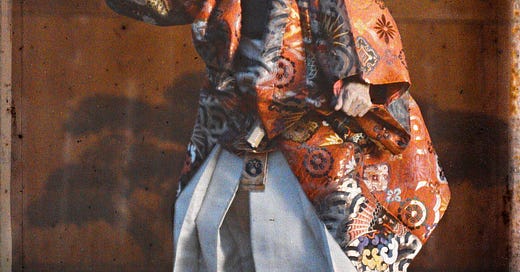



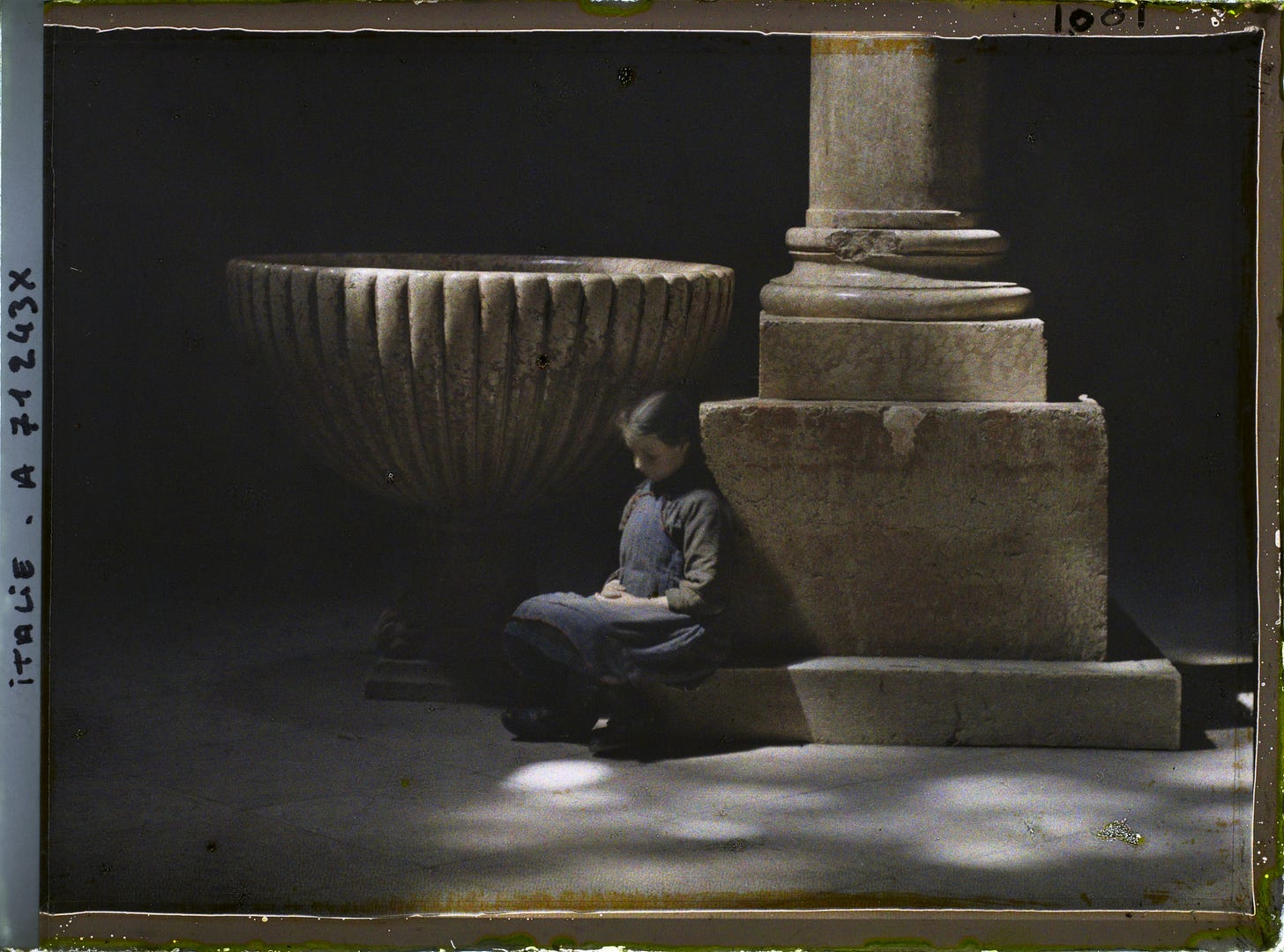

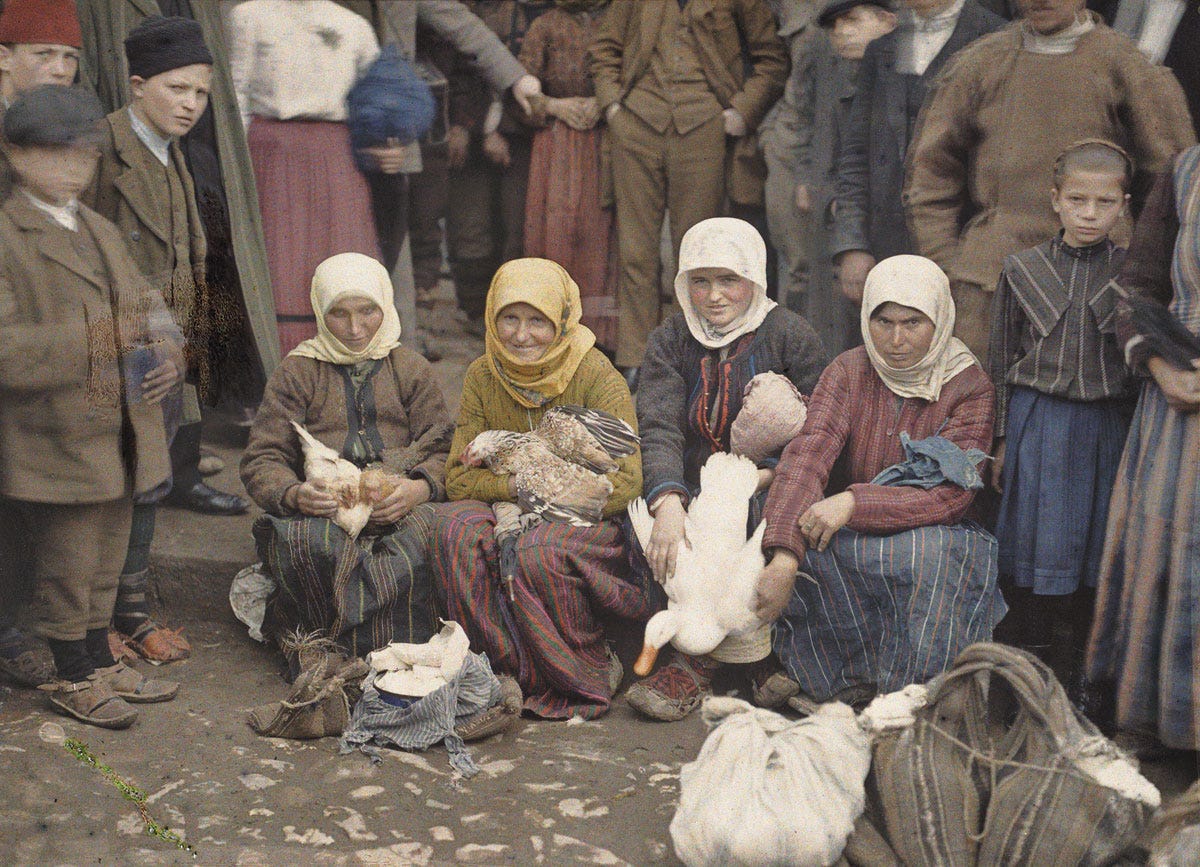
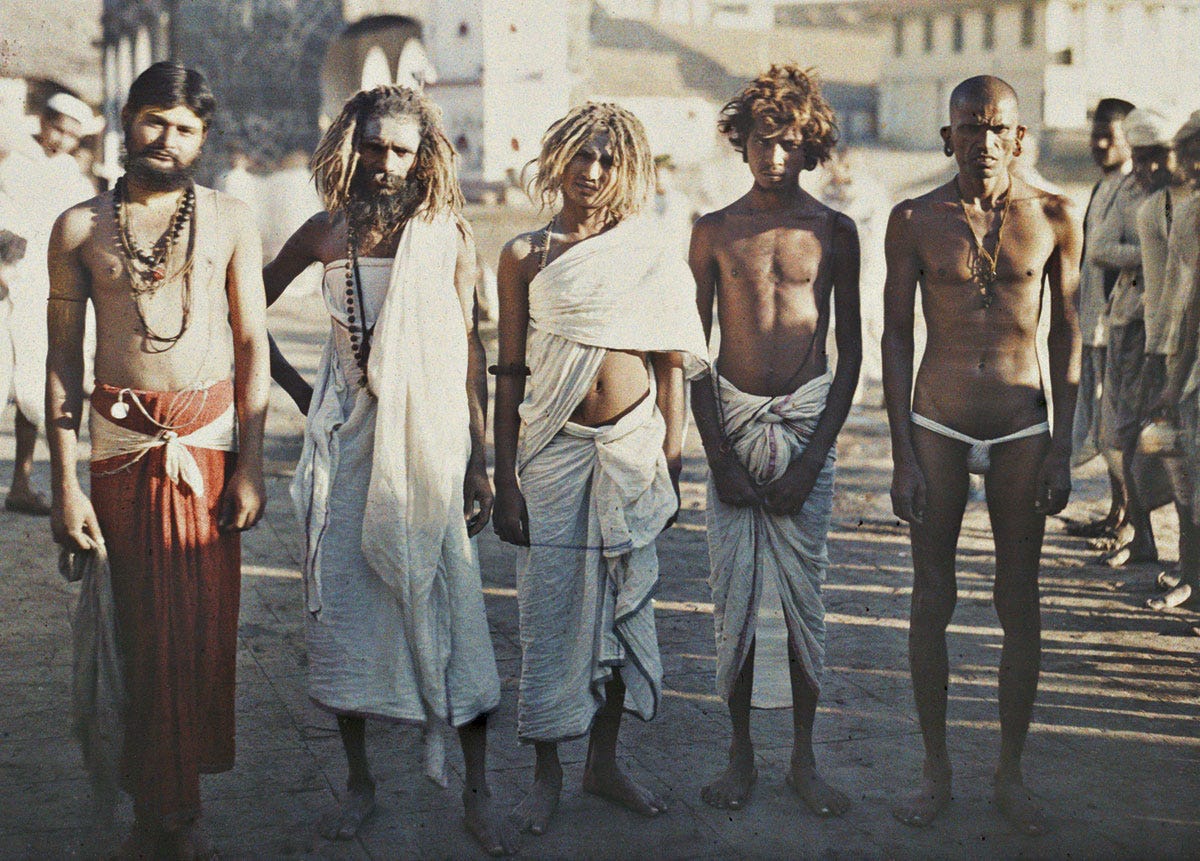
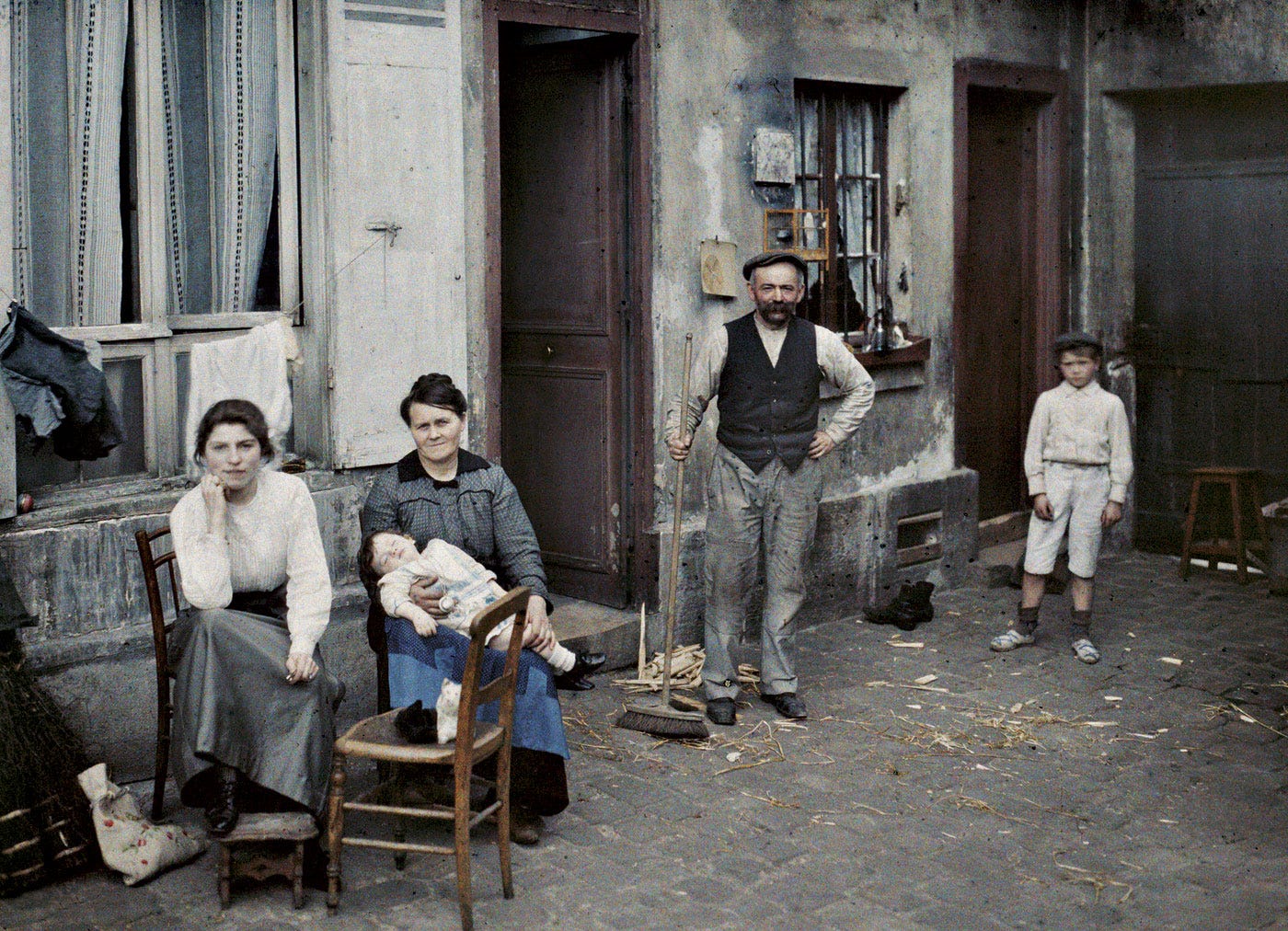

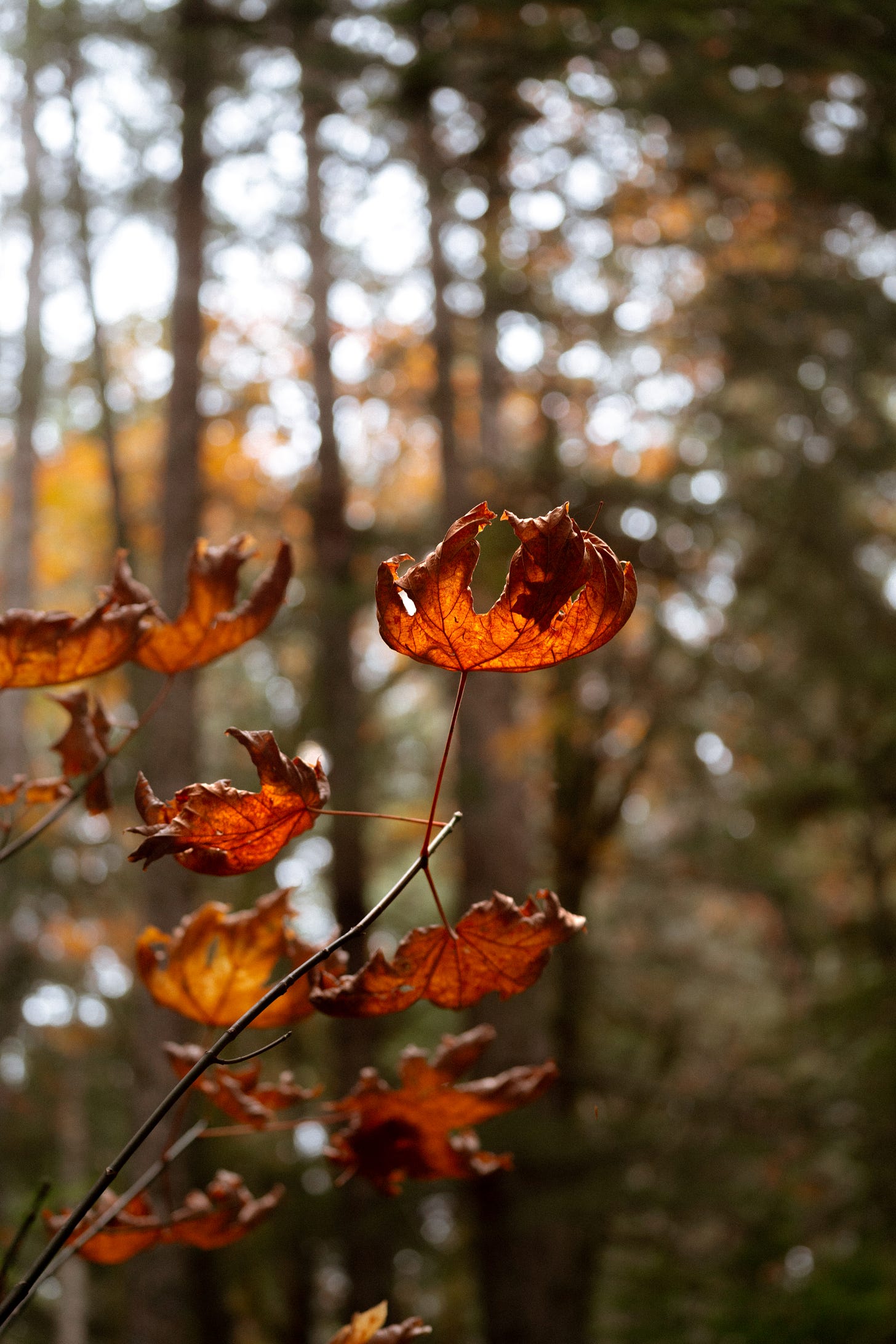
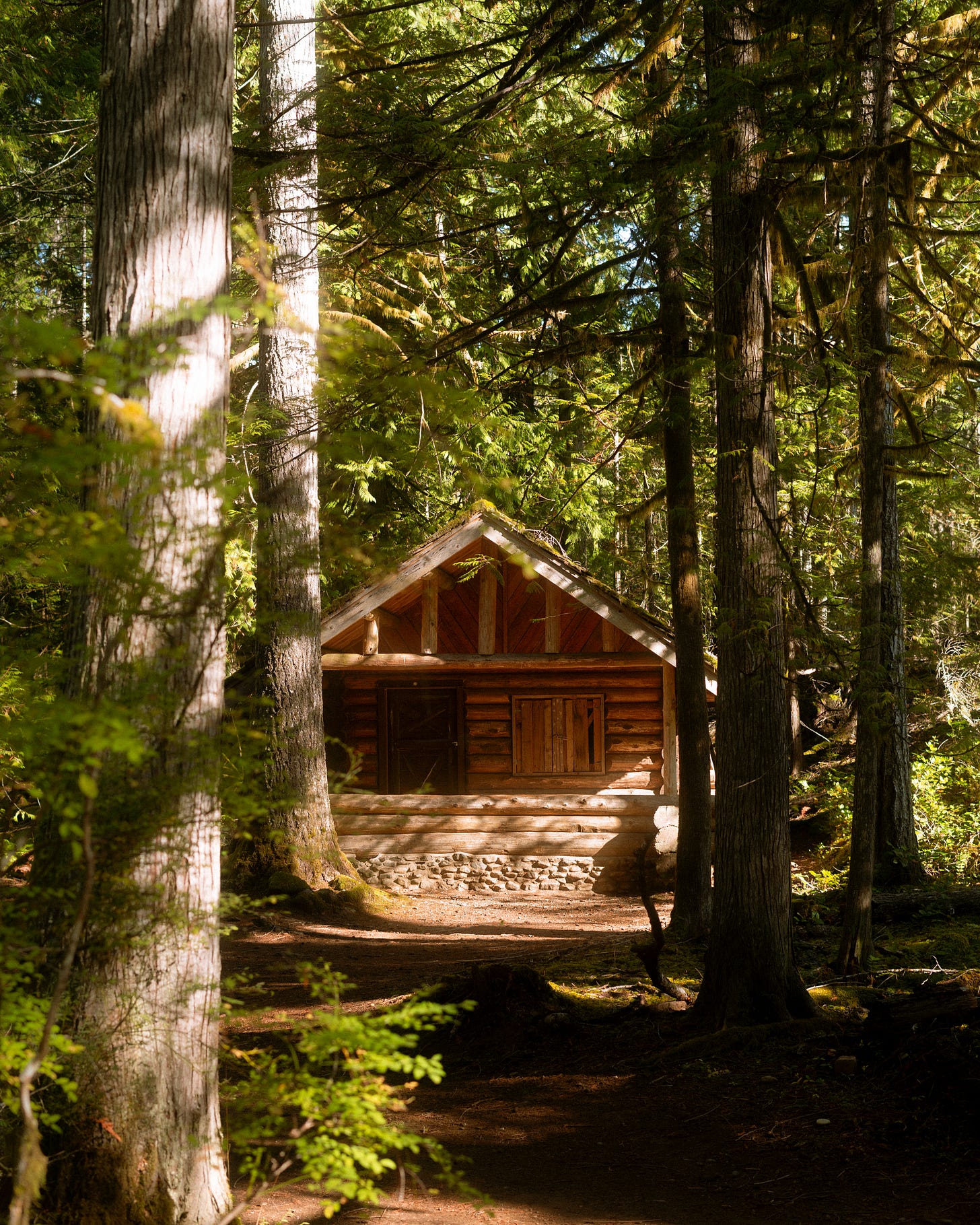
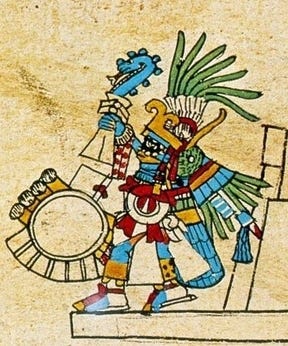
Thanks for sharing this. Are the photos public domain or free to browse? Sometimes I think about astronomers booking time on powerful telescopes. They have more questions than time allows and so must prioritize which questions about the universe to investigate. And sometimes answering those questions takes years and years. Anyhow, that long view seems to me to have something in common with your thoughts.